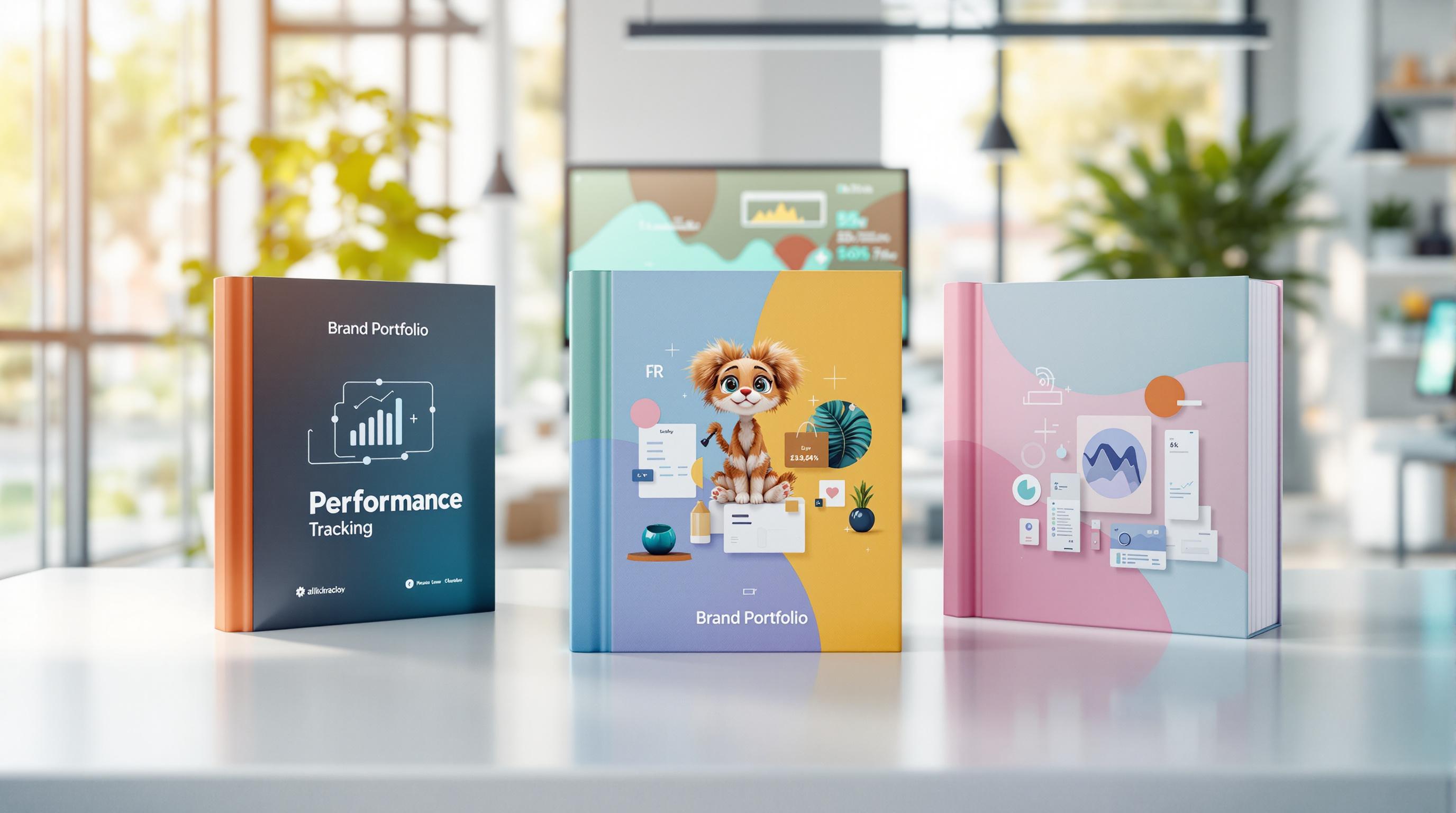Freemium models are a proven way to grow SaaS businesses by offering free basic features while reserving advanced ones for paying users. Companies like Dropbox, Evernote, and Spotify use this strategy to attract users, demonstrate product value, and convert free users into paying customers. Here's how they do it:
- Dropbox: Limited free storage, smart upgrade prompts, and clear messaging.
- Evernote: Free basic tools with premium features like offline access and advanced search.
- Spotify: Ad-supported free tier with paid benefits like ad-free listening and offline playback.
Key strategies for success include balancing free vs. paid features, simplifying the upgrade process, and using analytics to optimize conversion rates. Freemium models thrive on clear communication, timely prompts, and continuous testing to improve results.
Winning the subscription economy: How Dropbox, Spotify, & Trello drive paid subscriptions
Examples of Successful Freemium Upgrade Strategies
Let's dive into how some well-known companies have nailed their freemium strategies to boost upgrades.
Example: Dropbox
Dropbox leverages smart prompts and storage limits to encourage users to upgrade. Here's how they do it:
- Limited Storage: Free accounts come with storage caps, nudging users to upgrade as their needs grow.
- Timely Prompts: Upgrade messages pop up when users hit their storage limit or try premium actions.
- Transparent Messaging: Users clearly see what they're getting with an upgrade.
By analyzing how users interact with their platform, Dropbox fine-tunes these prompts and features to maximize conversions [1].
Example: Evernote

Evernote separates its free and premium tiers strategically, giving users basic tools while reserving advanced features for paying customers. Their approach includes:
- Core Features for Free: Basic note-taking is available to all users.
- Premium Perks: Features like offline access are exclusive to premium plans.
- Targeted Upgrades: Advanced features are aimed at users with more complex needs.
Evernote keeps an eye on user engagement to adjust feature placement and optimize when and how they suggest upgrades [5].
Example: Spotify
Spotify's freemium model uses ads to monetize free users while offering a premium tier with enhanced benefits. Their strategy includes:
- Ad-Supported Free Tier: Ads play between songs for free users.
- Premium Incentives: Paid users enjoy ad-free listening and offline playback.
- Clear Tier Differences: The benefits of upgrading are obvious.
Spotify analyzes listening habits and upgrade trends to keep improving its approach [5].
These examples show how smart feature placement, data-driven insights, and clear communication can drive successful freemium upgrade strategies.
sbb-itb-01010c0
Key Strategies for Encouraging Freemium Upgrades
Let’s dive into strategies that have been shown to increase freemium-to-premium conversions. These methods are backed by real-world examples and data.
Finding the Right Balance Between Free and Paid Features
A well-designed freemium model depends on how features are divided between free and paid tiers. The free version should feel useful and worthwhile, while premium features should solve specific challenges users encounter as they engage with the product. This balance is what motivates users to upgrade.
For instance, Attention Insights boosted their activation rates by 47% by carefully deciding which features to include in each tier [5]. Once your features are properly allocated, the next step is presenting upgrade opportunities at the most effective moments.
Streamlining the Upgrade Process
A smooth and simple upgrade process is essential for turning free users into paying customers. Companies like Dropbox and Spotify do this exceptionally well. Toggl, for example, allows users to experience premium features upfront, giving them a taste of the benefits before asking for payment [5].
Key elements of a strong upgrade process include:
- Well-timed prompts that align with user behavior
- Clear messaging about the advantages of upgrading
- An easy payment flow that matches user preferences
Leveraging Analytics to Fine-Tune Your Approach
Analytics are a powerful tool for improving freemium conversion strategies. By tracking the right metrics, businesses can pinpoint where users drop off, which features drive engagement, and what triggers upgrades.
Analytics can help you uncover:
- How users interact with your product
- Which features are most popular
- The most effective moments to suggest upgrading
- Areas in need of improvement
Key Takeaways and Recommendations
Continuous Improvement and Testing
Freemium strategies thrive on understanding user behavior and fine-tuning subscription tiers. For example, Dropbox uses timely prompts to suggest upgrades when users hit the limits of their free plan [1]. Research from Amplitude highlights that the best conversion rates come from companies that consistently adjust their tier structures through A/B testing [2].
To make this work, focus on key metrics like user engagement, feature usage, and what triggers users to consider upgrading. This data-driven strategy helps pinpoint the best moments to encourage upgrades and boost conversion rates.
Transparency Builds Trust
Being upfront about features, limits, and pricing is essential for freemium success. Evernote is a great example - its clear communication about what each tier offers builds trust and encourages users to upgrade [4]. This clarity plays a big role in driving long-term revenue growth.
Triggers within the product itself can also encourage upgrades. For instance, notifying users when they're nearing usage limits or hitting milestones makes premium features feel more relevant and valuable [3].
"Understanding who your buyers are and perfecting your tiers are fundamental to improving conversion rates", says Amplitude's research [2].
Conclusion: Growing with Freemium Models
Future Trends in Freemium Strategies
AI-powered personalization is reshaping how freemium models work. Businesses are now using data analytics to design more targeted upgrade paths. For example, platforms like The B2B Ecosystem provide tools to study user behavior and fine-tune freemium tiers based on those insights.
Freemium models remain a strong growth driver in 2025, with companies finding success by balancing free features with premium upgrades. As these strategies evolve, staying competitive means taking action and keeping up with these shifts.
Steps to Implement Freemium Models
Building a strong freemium strategy starts with a clear plan. Here's a breakdown:
| Implementation Phase | Key Actions | Expected Outcome |
|---|---|---|
| Initial Setup | Define free-tier features | Attract users while protecting premium appeal |
| User Analysis | Study user behavior | Identify what motivates upgrades |
| Optimization | Experiment with features and pricing | Increase conversions through testing |
The key is finding the right mix of free and premium features. Regular updates based on user feedback and market changes are essential.
Key elements for freemium success include:
- Delivering Quick Value: Help users see the product's benefits right away with a smooth onboarding process.
- Clear Upgrade Options: Make it easy for users to understand what they gain by upgrading.
- Using Data Wisely: Let analytics guide your decisions to refine the strategy.
The future of freemium lies in personalization and staying user-focused. By using modern tools and keeping strategies fresh, businesses can grow steadily without falling into traps like offering too much for free or failing to adjust to changing user needs.


